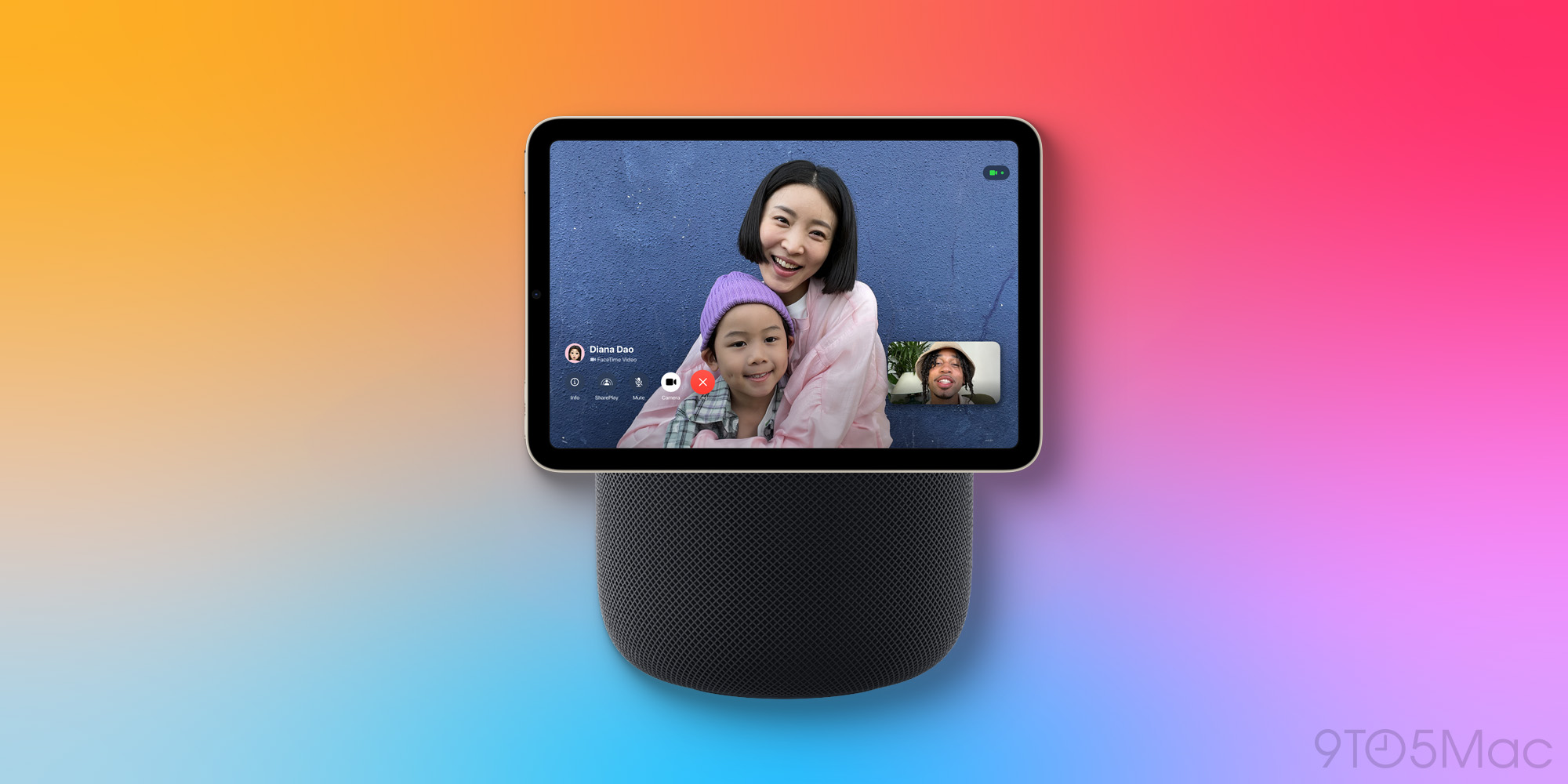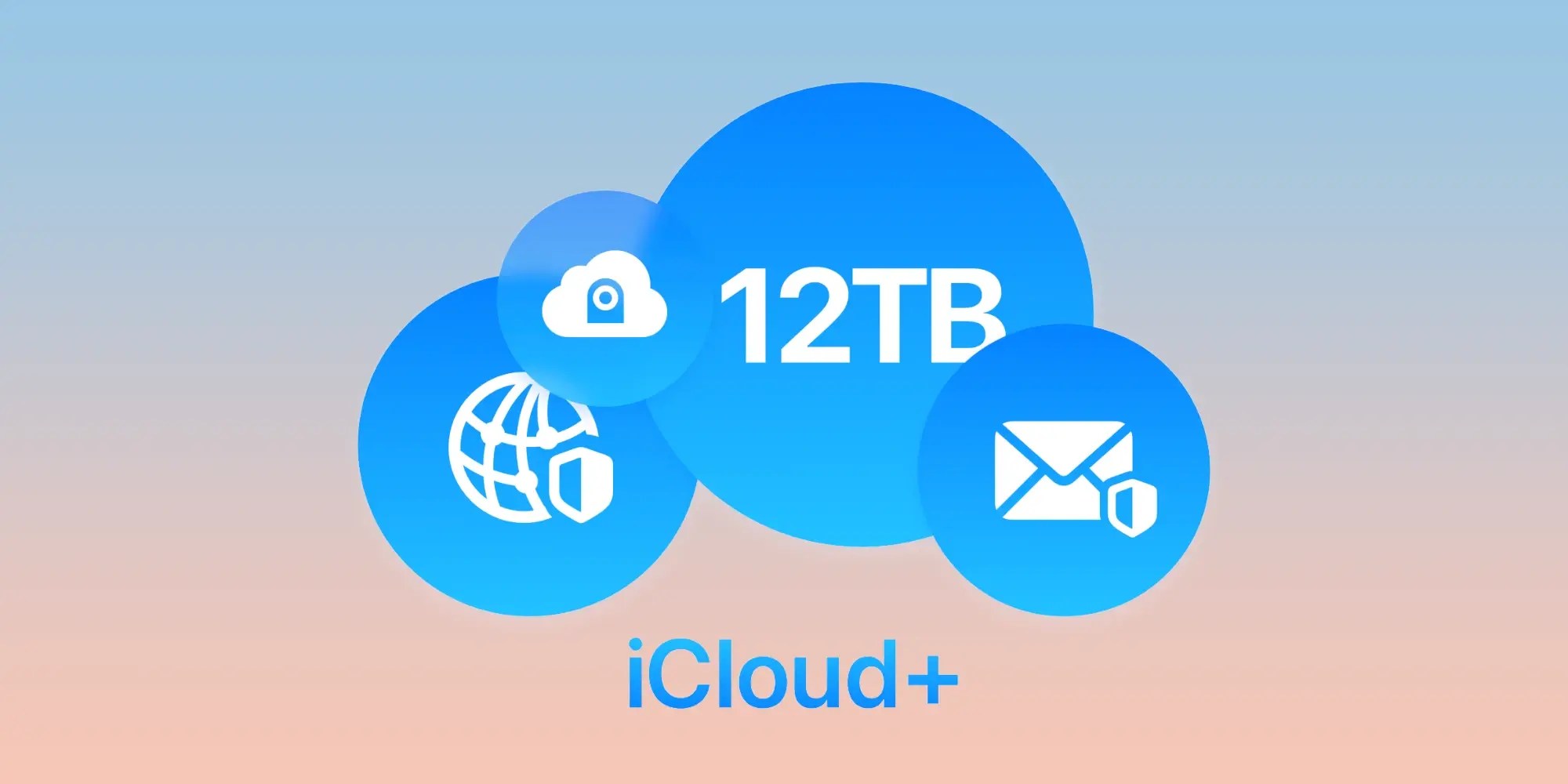Apple is planning to introduce several new smart home devices this year and beyond, which includes a smart doorbell and a video camera. During the recent CES announcements in the smart home sector, a notable trend has surfaced that could explain the motivation behind Apple’s upcoming offerings.
Apple’s Renewed Focus on the Home Begins This Year
For many years, Apple has approached home technology as more of a hobby. While the HomePod and Apple TV 4K hold significance, they don’t reflect a robust commitment to the smart home arena.
However, that is changing. This year will see the launch of three new Home products, including the ‘HomePad’ smart display—a fresh category for Apple.

In the coming year, Apple plans to delve into an equally fascinating space by creating its own smart home devices, a market that has traditionally been dominated by third-party manufacturers.
I’ve previously discussed how these new offerings could challenge Apple’s long-held philosophy of declining more opportunities than it accepts.
However, a significant trend in the smart home industry may shed light on Apple’s expanding ambition.
Increasing Subscription Models in Home Devices
Recently, Amazon revealed that its Ring division will offer a $5/month subscription for smoke and carbon monoxide monitoring service. Additionally, Arlo has recently increased its prices for home camera cloud storage subscriptions.
Unlike many tech products, smart home devices do not adhere to regular upgrade cycles. Consumers typically purchase them, set them up, and retain them until they malfunction.
Subscriptions present a vital way for makers of smart home devices to generate recurring revenue from their user base.
Moreover, this subscription trend further illuminates why Apple is venturing into manufacturing more of its own smart home products, including a camera and doorbell.
Apple One and iCloud+ Likely to Attract More Subscribers Through New Home Products

Apple already provides a home-related subscription service called HomeKit Secure Video, which is accessible with an iCloud+ subscription. This service is also included in the Apple One Premier plan.
According to Apple, here’s how HomeKit Secure Video functions:
With HomeKit Secure Video, you can integrate your home security cameras into the Home app for recording and remote viewing. All footage is fully end-to-end encrypted, and none of it utilizes your iCloud storage. You can access HomeKit Secure Video from your iPhone, iPad, Mac, or Apple TV.
Your home hub analyzes the video using on-device intelligence to identify the presence of people, pets, or vehicles. You can refer to the last 10 days of activity within the Home app.
While HomeKit Secure Video is a valuable feature from Apple, it currently only supports third-party cameras.
So, what do Apple’s new home camera and video doorbell share in common?
Both devices will be compatible with HomeKit Secure Video, which will generate additional subscription revenue for Apple.

By launching its own first-party devices, Apple can promote HomeKit Secure Video more aggressively to users and enhance the feature as well.
While this may not be the sole reason behind Apple’s decision to enter the home camera and doorbell market, numerous advantages arise from increasing its smart home product offerings.
However, is the potential for increased subscription income a motivating factor for Apple in this move? Did it play a crucial role in deciding to create these specific devices?
I would be quite surprised if it wasn’t.
This strategy also paves the way for future developments in the product line.
If Apple can integrate new Home-centric services into its existing Apple One subscription, the bundle will become even more attractive for Apple users.
In the end, this represents a win for both Apple and its customers.
Are you excited about Apple’s new home camera and doorbell? Will you take advantage of HomeKit Secure Video? Share your thoughts in the comments.
Top HomeKit Smart Home Accessories
: . More.




